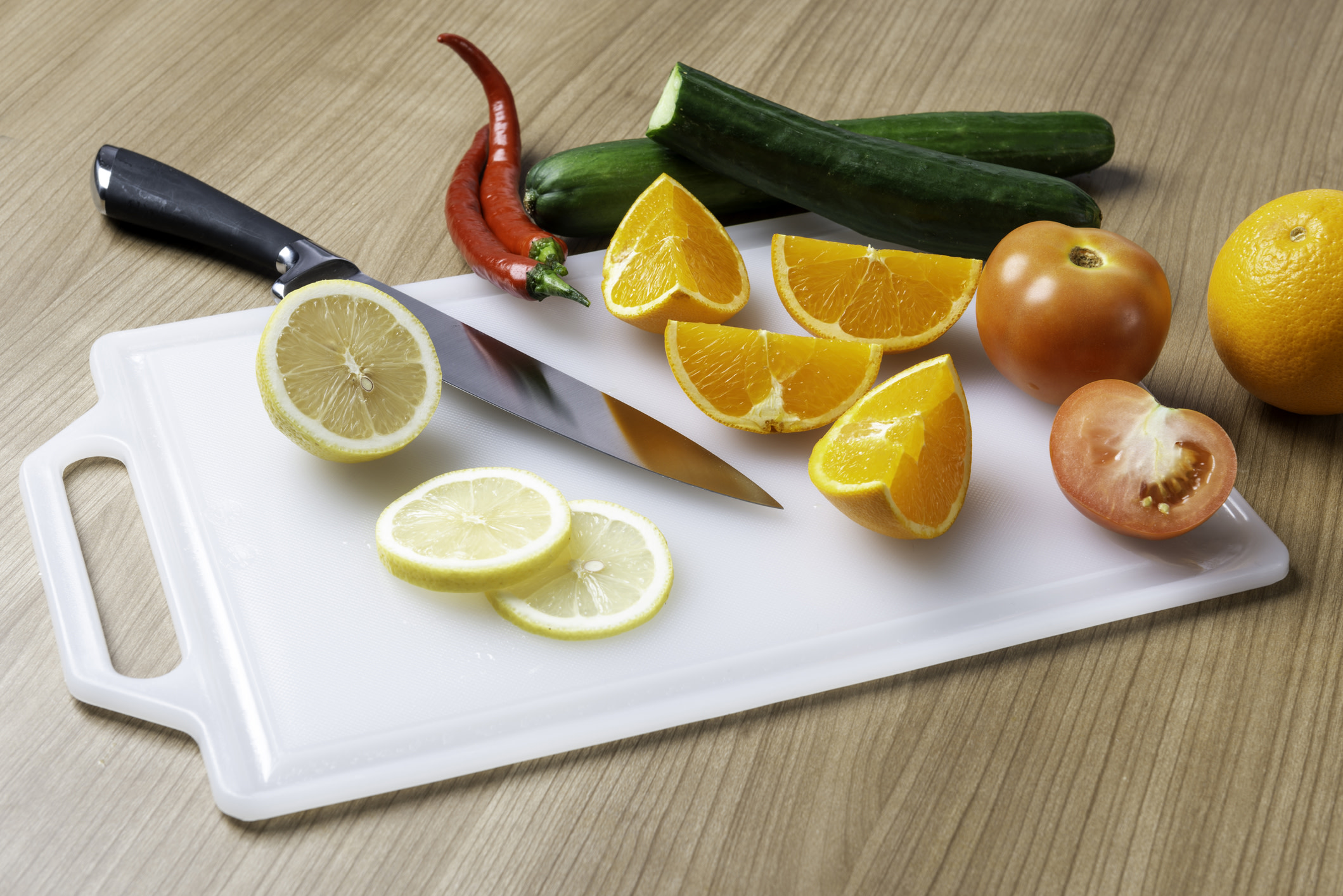
Are Plastic Cutting Boards Safe? Understanding Plastic Cutting Board Safety
When it comes to food prep, choosing the right cutting board is essential for both safety and functionality. While plastic cutting boards have long been a staple in many kitchens, recent studies have raised concerns about their safety. Let’s delve into the world of plastic cutting boards to understand the risks and benefits.
The Dangers of Plastic Cutting Boards
Experts recommend opting for cutting boards made from wood, rubber, silicone, or composite materials, as these are considered food-safe and gentle on knives. A study discovered that plastic cutting boards are a significant source of microplastics, which can potentially expose individuals to millions of tiny polypropylene particles.
Expert Opinions on Plastic Cutting Board Safety
While plastic cutting boards are widely used for their versatility, easy cleanup, and affordability, concerns have been raised about their potential health risks. Experts in the field of chemical engineering and environmental science have weighed in on the safety of plastic cutting boards, highlighting the importance of assessing the materials we use in food preparation.
Wood vs. Plastic Cutting Boards: Which Is Better?
The debate between wood and plastic cutting boards continues, with Consumer Reports offering insights into the best options for at-home use. While plastic cutting boards may be convenient, it’s crucial to consider the implications of using them, especially in light of recent studies that shed light on their potential dangers.
Ensuring Food Safety in Your Kitchen
Ultimately, the choice between plastic and alternative cutting board materials comes down to personal preference and awareness of the risks involved. While plastic cutting boards are generally considered safe for use, it’s essential to be mindful of the potential shedding of microplastics and take steps to minimize any health impacts.




.png?width=1200&height=630&fit=crop&enable=upscale&auto=webp)

